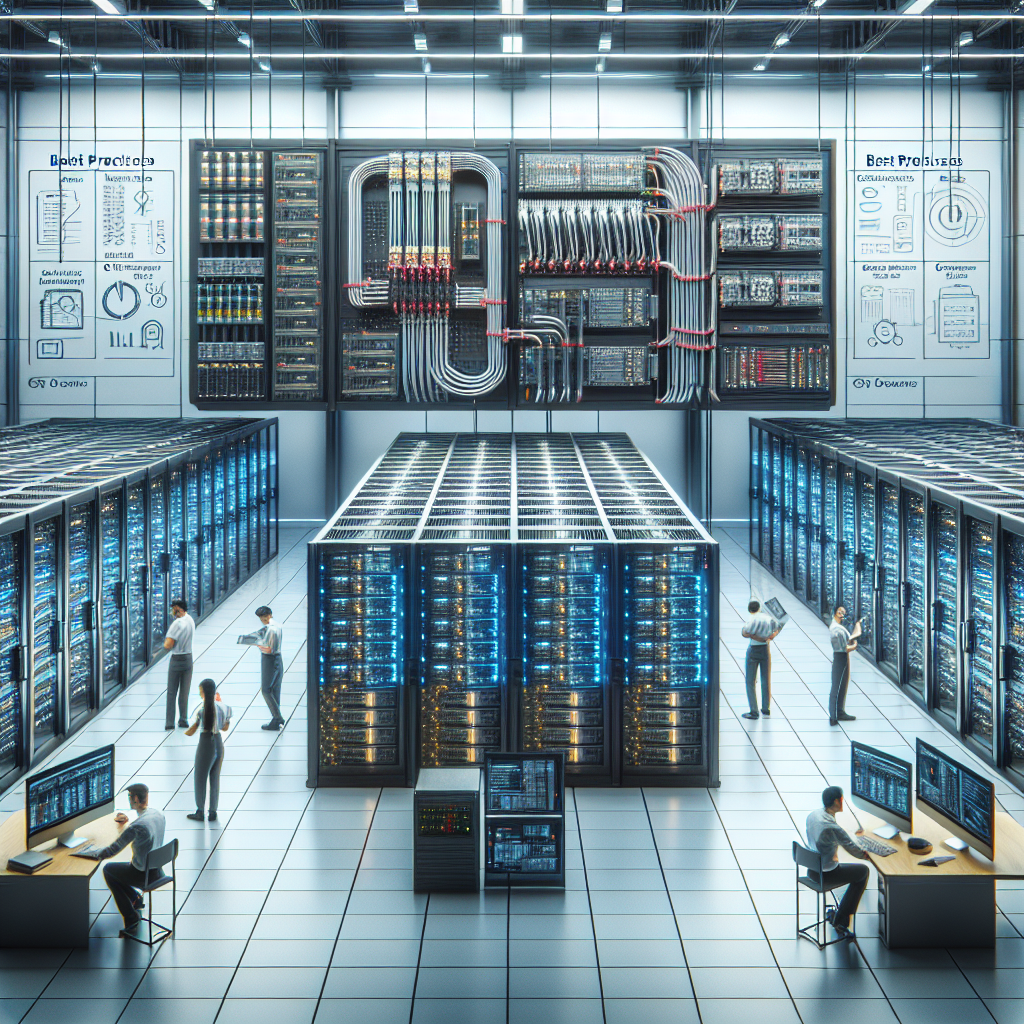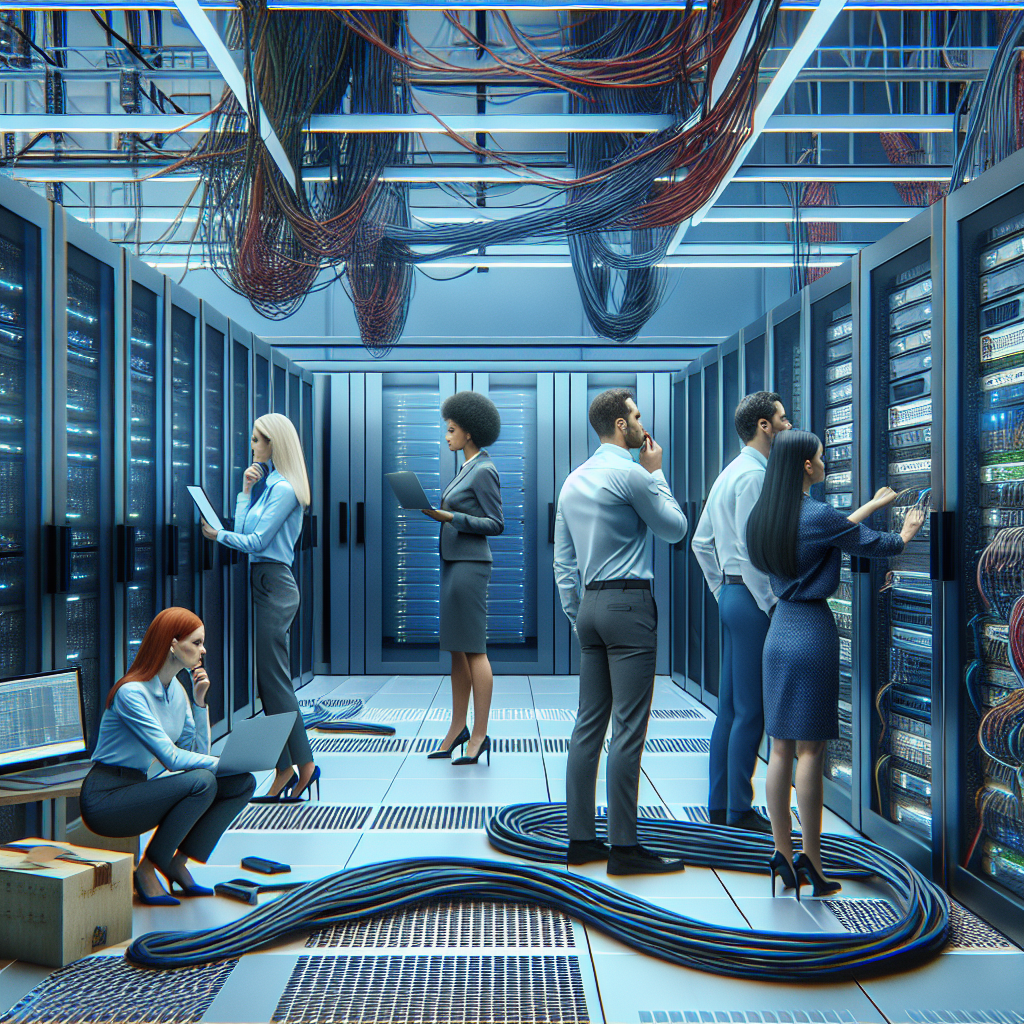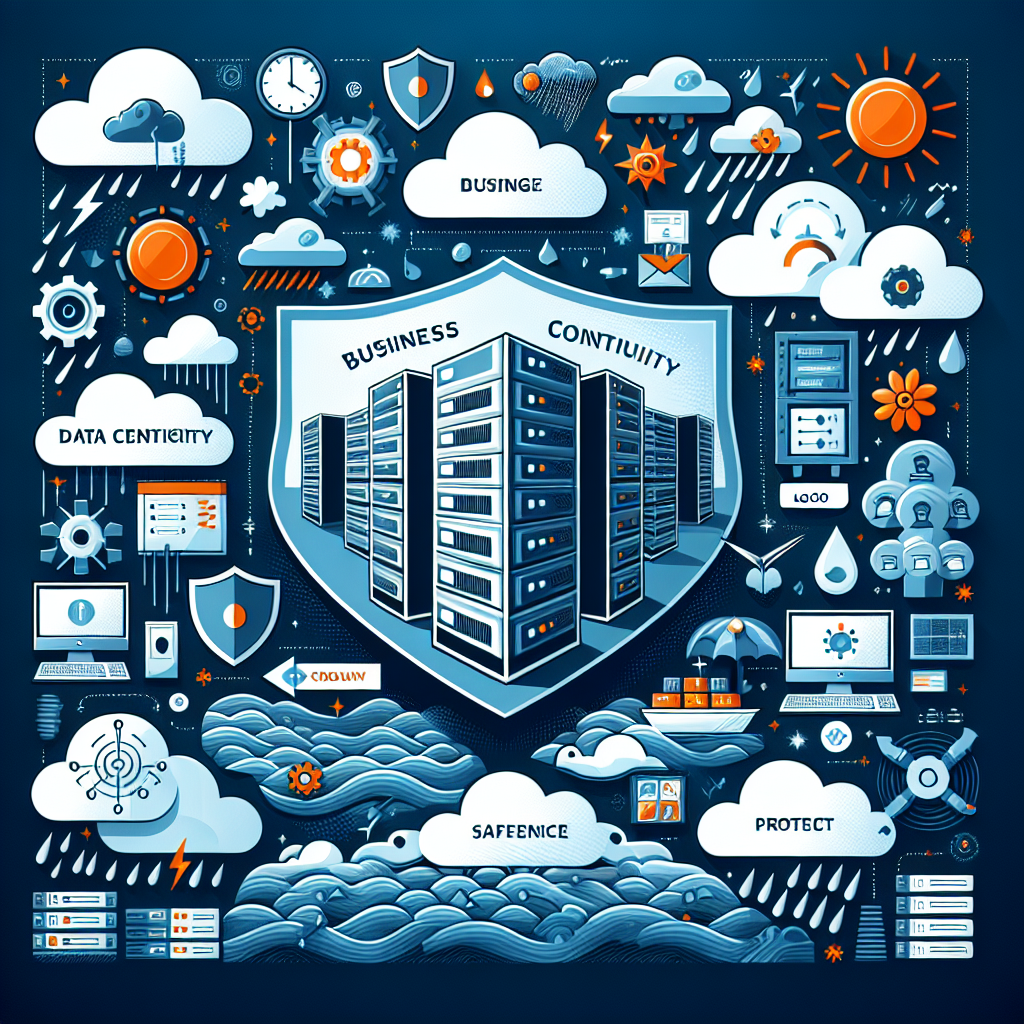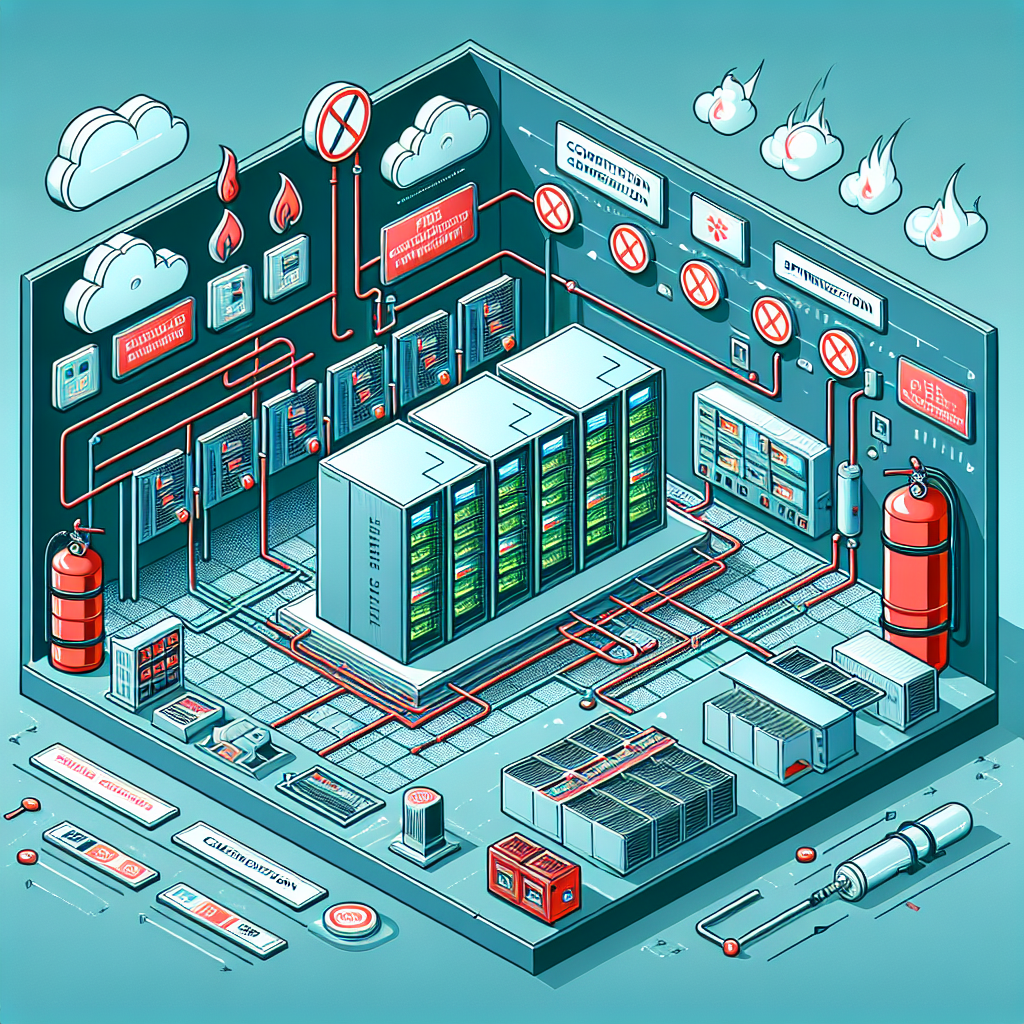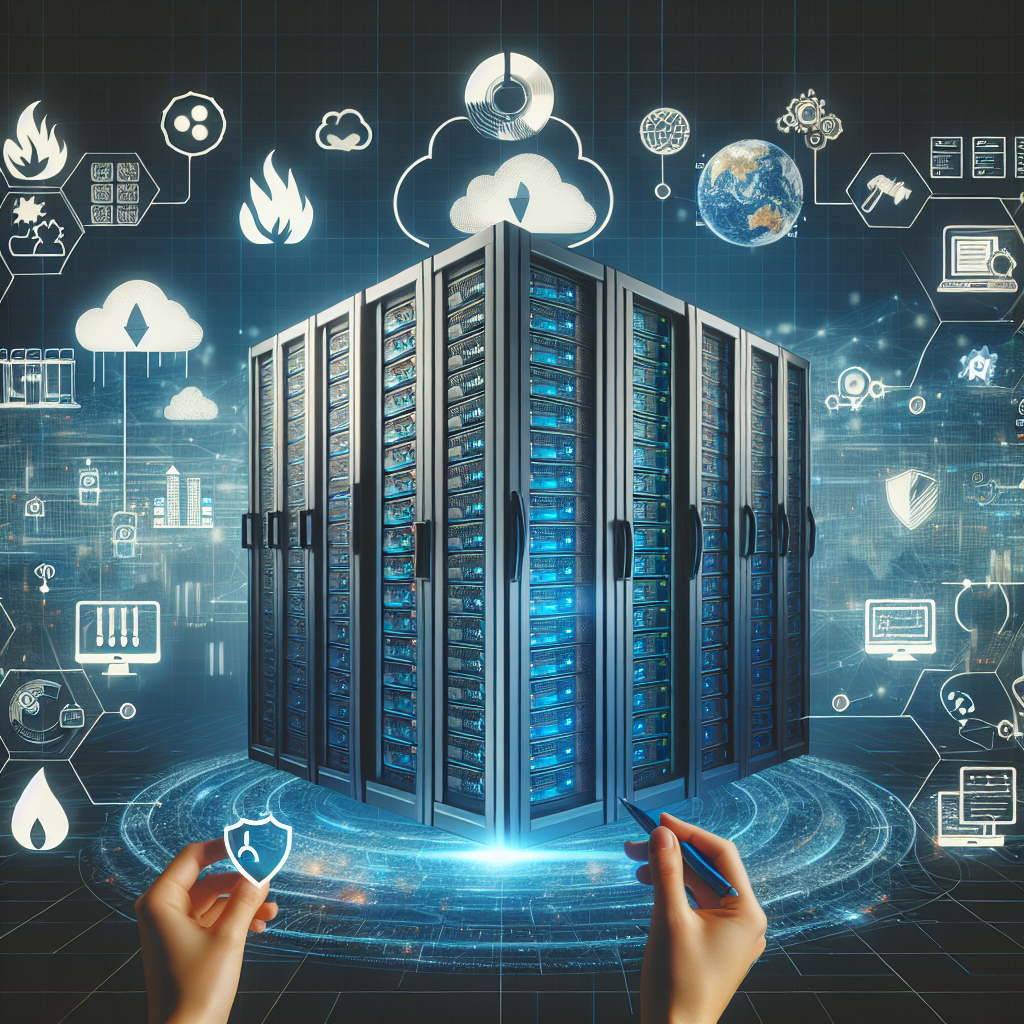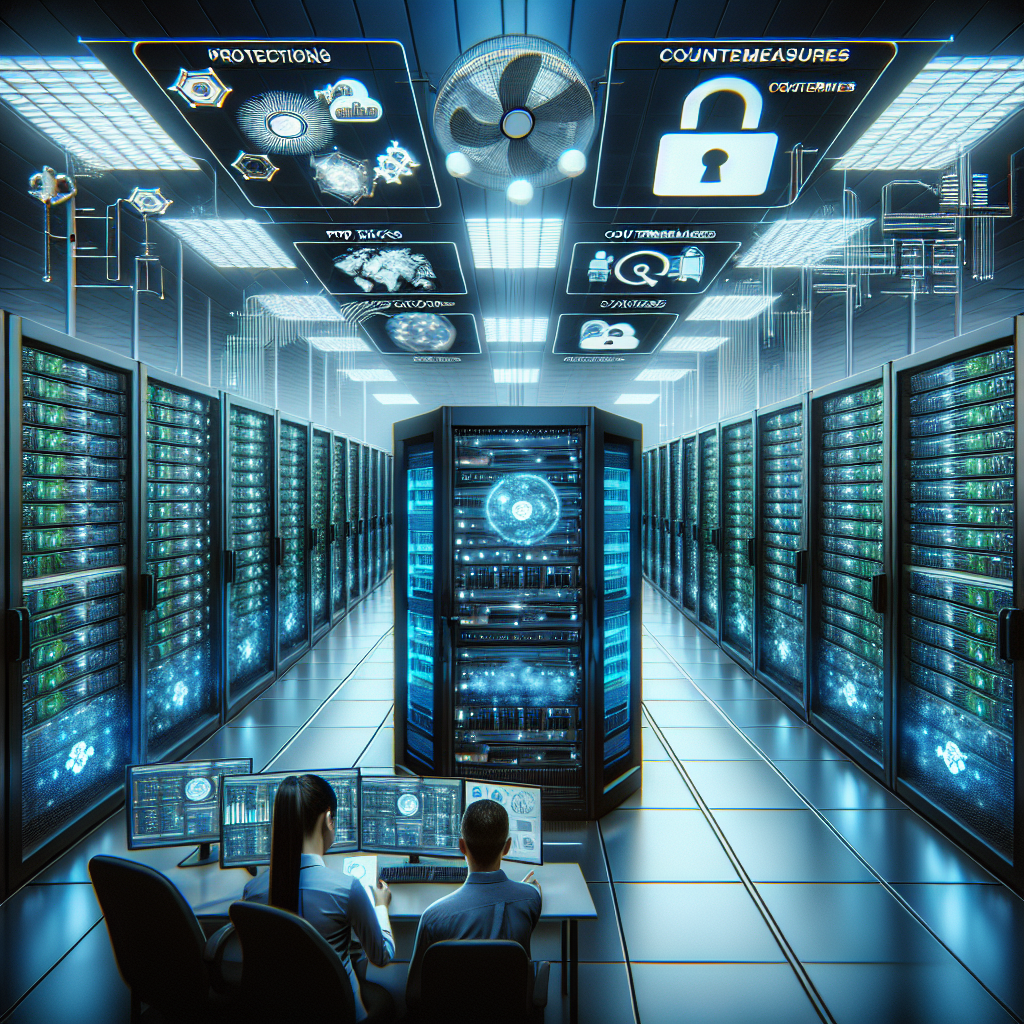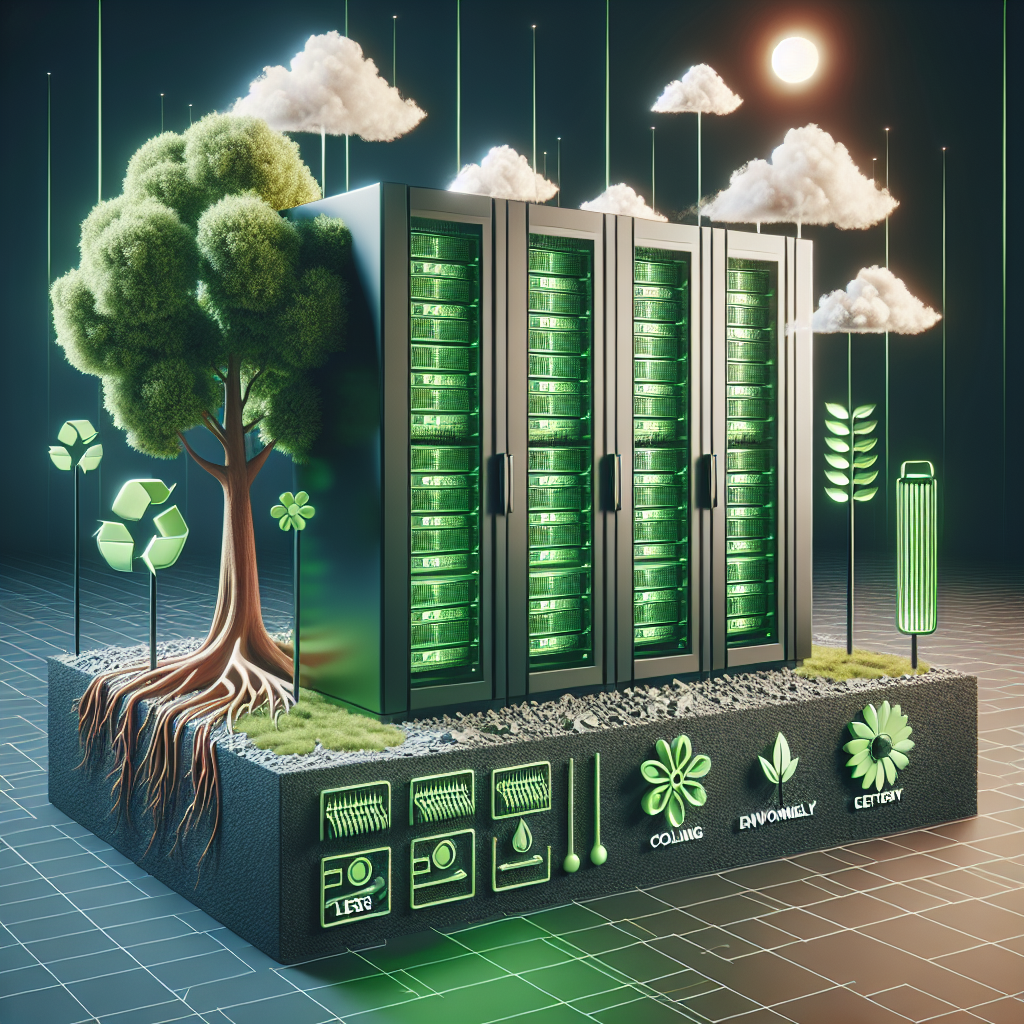Colocation data centers play a crucial role in providing reliable and secure hosting services for businesses of all sizes. However, ensuring efficient power distribution in these facilities can present a number of challenges. From managing capacity and redundancy to optimizing energy usage, data center operators need to implement best practices to address these issues and ensure uninterrupted service for their clients.
One of the key challenges in power distribution for colocation data centers is managing capacity. As businesses continue to rely on data centers for their critical operations, the demand for power is constantly increasing. This can lead to power shortages and potential downtime if not managed properly. To address this challenge, data center operators need to carefully plan and allocate power resources, taking into consideration the current and future needs of their clients.
Another challenge is ensuring redundancy in power distribution. Any downtime in a data center can have serious consequences for businesses, so it is essential to have backup power sources in place to prevent disruptions. Implementing redundant power supplies, such as uninterruptible power supplies (UPS) and backup generators, can help ensure continuous operation even in the event of a power outage.
Optimizing energy usage is also a key concern for data center operators. With the rising cost of electricity and growing environmental concerns, it is important to minimize power consumption wherever possible. This can be achieved through the use of energy-efficient equipment, such as servers and cooling systems, as well as implementing power management strategies, such as virtualization and consolidation of servers.
To address these challenges and optimize power distribution in colocation data centers, operators can follow a number of best practices. This includes conducting regular capacity planning to ensure that power resources are adequate to meet current and future demands, implementing redundancy in power supplies to prevent downtime, and adopting energy-efficient technologies to minimize power consumption.
In addition, data center operators can also consider using advanced monitoring and management tools to track power usage and performance in real-time, allowing them to identify and address any issues before they escalate. Regular maintenance and testing of power distribution systems are also important to ensure their reliability and efficiency.
By addressing these challenges and implementing best practices for power distribution, colocation data centers can ensure that they continue to provide reliable and secure hosting services for their clients. This not only helps businesses to operate smoothly and efficiently but also ensures the long-term success and sustainability of the data center itself.
